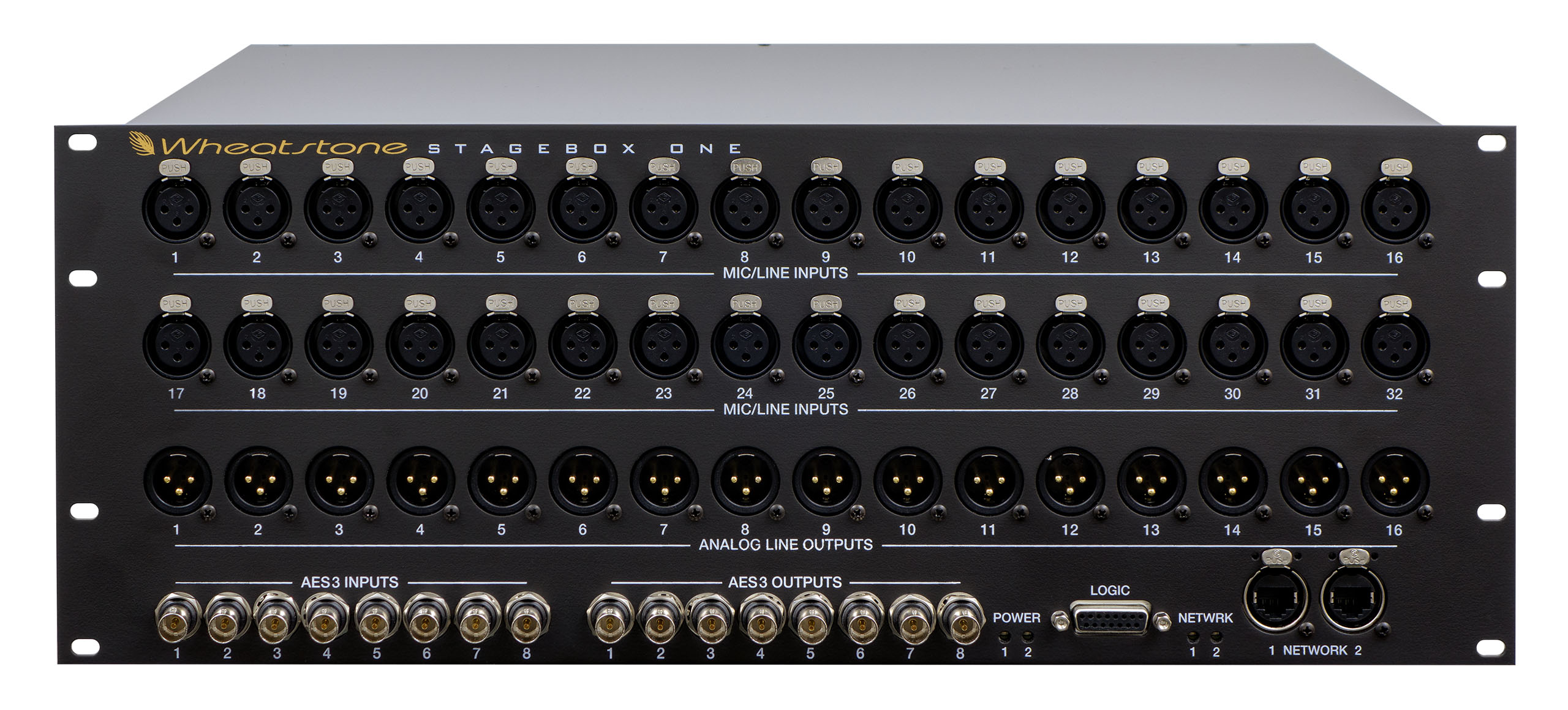Audio and the Evolution of the TV News Team
How stations are adapting to the new normal

NEW BERN, N.C.—Gone are the newscasts of yesterday when one person ran the Chyron, another person ran the switcher, yet another on the mixer, and several technicians along with a director and producer overseeing cast, cameras and live breaking updates. Today, many of those jobs are done by the producer, the director and perhaps a teleprompter operator, who may or may not double as a presenter.
That’s two or three people with their heads on a swivel trying to manage all the work once done by seven or more people during a typical newscast. The TV news team has evolved and so has the audio mixing system in six key areas.
All Part of the Workflow
Audio is a workflow: Production automation systems now manage audio as part of a workflow that needs to be coded, normalized for levels, and slotted in as elements in the newscast. This has been true for some time in larger markets, but hometown news operations are now also adopting these systems.
Bringing audio into the overall production workflow as an element, rather than mixing as you go, requires a much tighter working relationship between the audio mixer and the automation system. For this reason, AoIP console systems today interface easily to the automation and some also provide a means for fully integrating the automation and mixer into one native IP audio environment.
Motorized faders are the new VU Meter: Those swiveling heads now doing many different jobs rely on motorized faders tracked to the automation to indicate that newscasts are going along smoothly. Consoles that have motorized faders let producers monitor the faders as they fly and make adjustments when needed.
Occasional mix-ups: The two or three newscasts produced in the day of a television station are typically done with production automation whereas for the occasional news report or sporting event, hands-on mixing is generally the norm. Today’s newsroom console has evolved to include more backend functions on the AoIP network and more upfront functions on the surface.
Tactile faders on the one hand and touchscreens on the other make it easier to adjust EQ, fix levels and mix in feeds for the producer or director who is busy making sure talent is hitting all their marks and the robotic cameras are pointed in the right direction.
The professional video industry's #1 source for news, trends and product and tech information. Sign up below.
Fewer Personnel
The shrinking news studio: Virtual production sets continue the great downsizing of the news studios and with this comes a much smaller console. Consoles that used to take up half a room now take up half a desk, thanks in part to AoIP networking. AoIP carries much of the load that once sat on the console and simplifies the layout of the board overall.
No audio operator onboard: The person overseeing the audio is likely to be the same one running the video switcher, and both of those duties are likely to fall to the sole producer on set. Bottom line: the news studio console has evolved to be far easier to navigate than ever before.
IP accessibility rules: Booking satellite time for a guest interview and rushing them over to a studio for a three-minute segment is so 2019. Web conferencing is in along with IP overall, and embedders/de-embedders and HD/SDI are out. By connecting routing, mixing and studio control through Ethernet cabling, AoIP opens up accessibility and gets rid of outdated wiring and layers of audio infrastructure.
For example, we’re seeing more and more stations that are dropping an I/O Blade (which are basically our AoIP access units) at various mic or talent workstations in the studio and then running a cable back to a central rack room. We’re also seeing more stations connecting the wall of plug-in mics and other auxiliary XLR devices to the control room using something like our WheatNet-IP high-density I/O Stagebox One and a cable.

AoIP mixing consoles come with expansive IP audio networks that can scale all the way up to several network elements and geographic locations, such as across a WAN for use in REMI or other remote broadcast applications.
John Davis is a support and systems engineer for Wheatstone.

